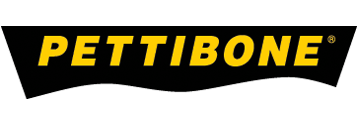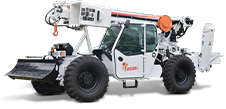TELEHANDLER OPERATION TIPS
It’s hard to go anywhere new construction is happening and not see a telehandler at work. But just because it’s a common piece of equipment doesn’t mean its operation should be taken lightly. Here some helpful tips to keep in mind when operating a telescopic handler.

Training
Telehandlers are powerful and heavy machines. A significant attribute of a telehandler is the shifting of the unit’s combined center of gravity and the risk of overturn when not operated in a proper and safe manner. Displaced loads and falling objects are also a threat to bystanders on the jobsite. Elevating loads to the height and distance these machines can attain requires a trained and observant operator.
To become a certified telehandler operator, one must complete classroom/written testing along with a hands-on operational review by a certified trainer. This was introduced as a requirement by OSHA under 1910.178(l)(3) and must be recertified or refreshed every three years.
Pettibone offers general product training, detailed service training and operator certification training throughout our dealer network. We also have invited customers for training at our manufacturing facility.
General Safety Guidelines
Especially when operating an unfamiliar machine, read and follow the manufacturer’s operations manual. Practice operating the machines in a closed off area to become efficient with the functions of the machine as well as the size and maneuverability of the machine. Take it slow and be cautious at all times.
Being aware of the jobsite environment and hazards are essential in operation of a telehandler. Driving machines into unstable ground conditions or large holes presents a danger of overturn or displacing loads from the forks.
Don’t become complacent or take risks. A good operator always stays within their means and passes along good advice to operators who may be less experienced. Treat the machine, environment and bystanders with respect.
Machine Design Helps
Pettibone X-Series telehandlers feature a simple and intuitive design that allows operators of any experience level to become proficient in a short manner. The key aspects are excellent visibility, a stable seat-of-the-pants feel, and the capability to handle payloads in a precise and controlled manner.
Good visibility is one of the most critical aspects of telehandler operation, as it allows every task to be performed more safely. A streamlined equipment design with fewer cylinders and other components allows for clearer sightlines to the rear and sides of the machine.
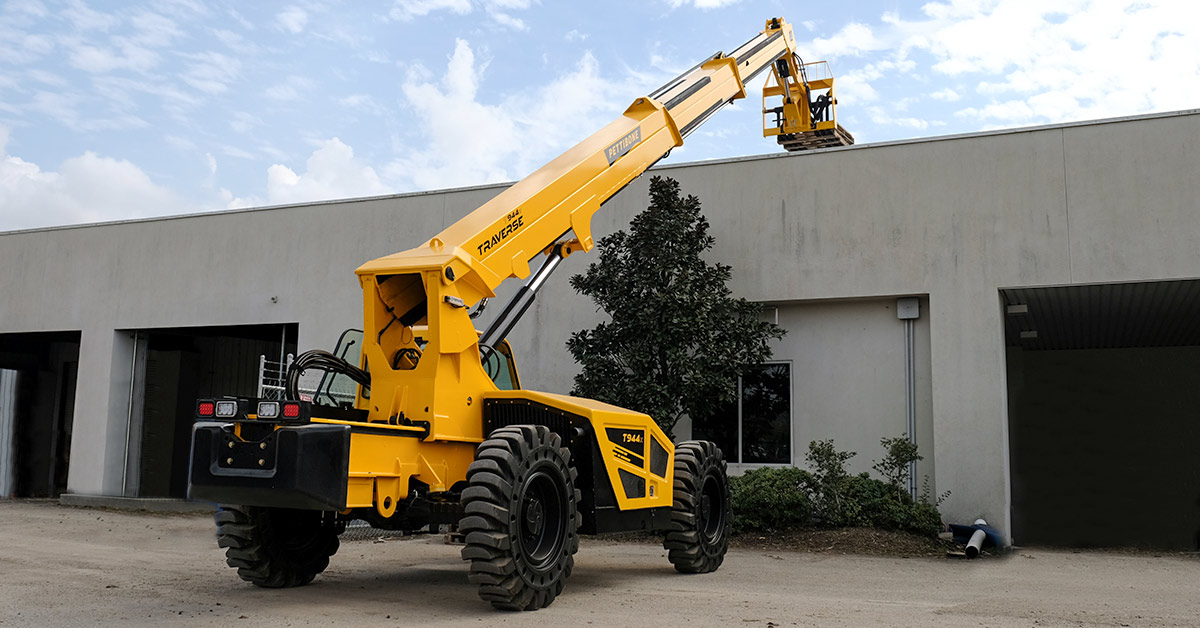
The Pettibone Traverse features a unique horizontal boom that travels forward up to 70 inches. This allows an operator to simply place a load on target landing, release the contact of the forks to the load and then “traverse” the carriage rearward to disengage the forks. With a traditional fixed boom pivot telehandler, the operator needs to coordinate several motions of the controls to withdraw the forks from the payload.
The market continues to see more devices added to assist operators in proper load handling and placement, such as payload weighing, self-recognized attachments, load moment indicators, electronic charts and manuals, and cameras. Keeping equipment protected and operators safe will continue to be a focus in the future.
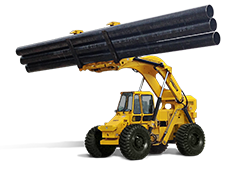 Cary-Lift
Cary-Lift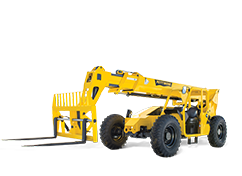 Extendo
Extendo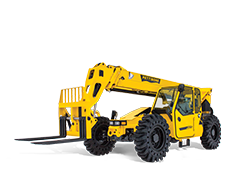 Traverse
Traverse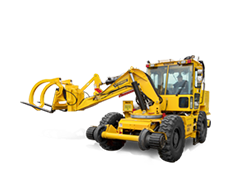 Speed Swing
Speed Swing MEWP
MEWP All-Terrain Derrick
All-Terrain Derrick Discontinued
Discontinued Facebook
Facebook YouTube
YouTube LinkedIn
LinkedIn